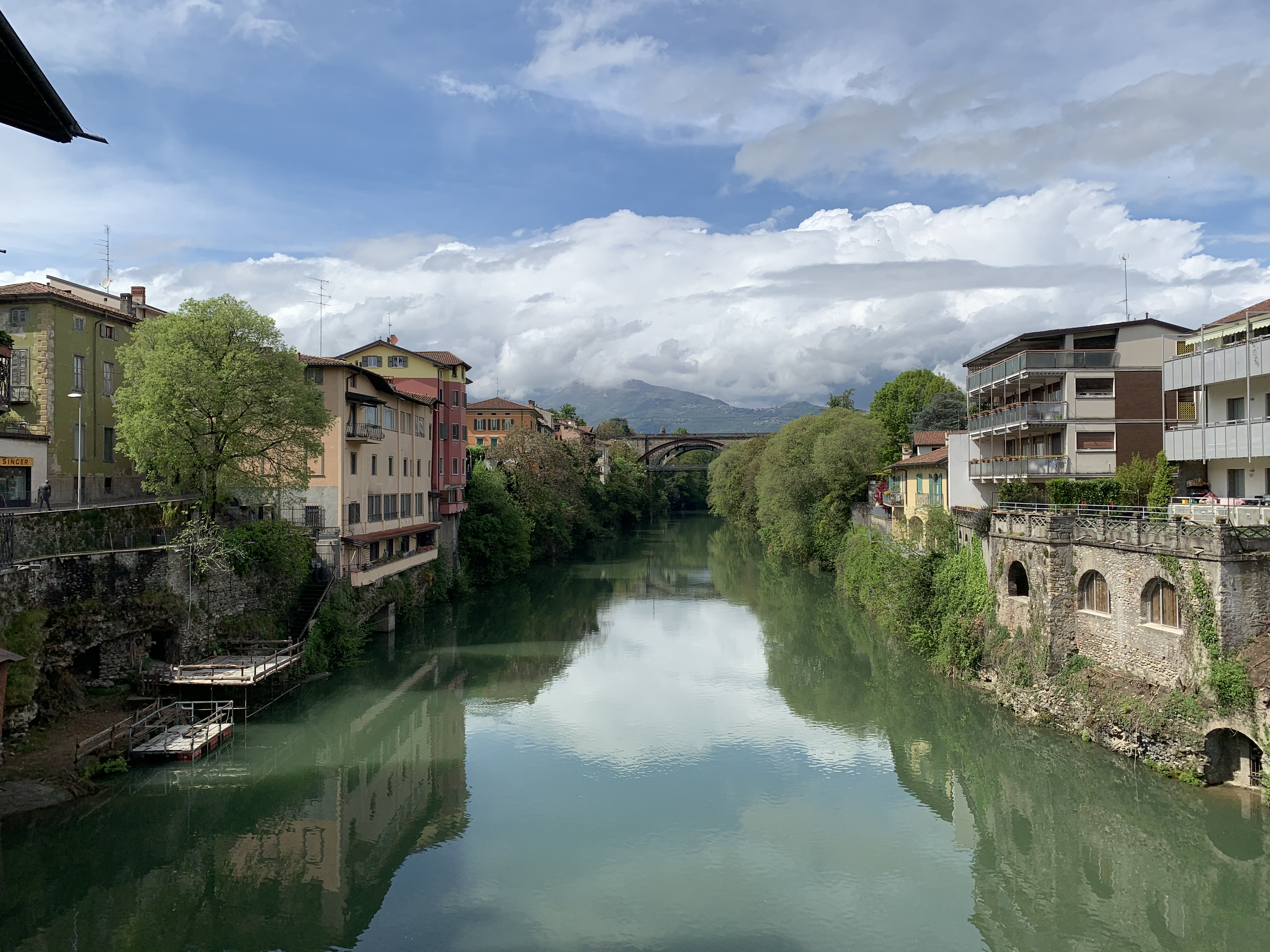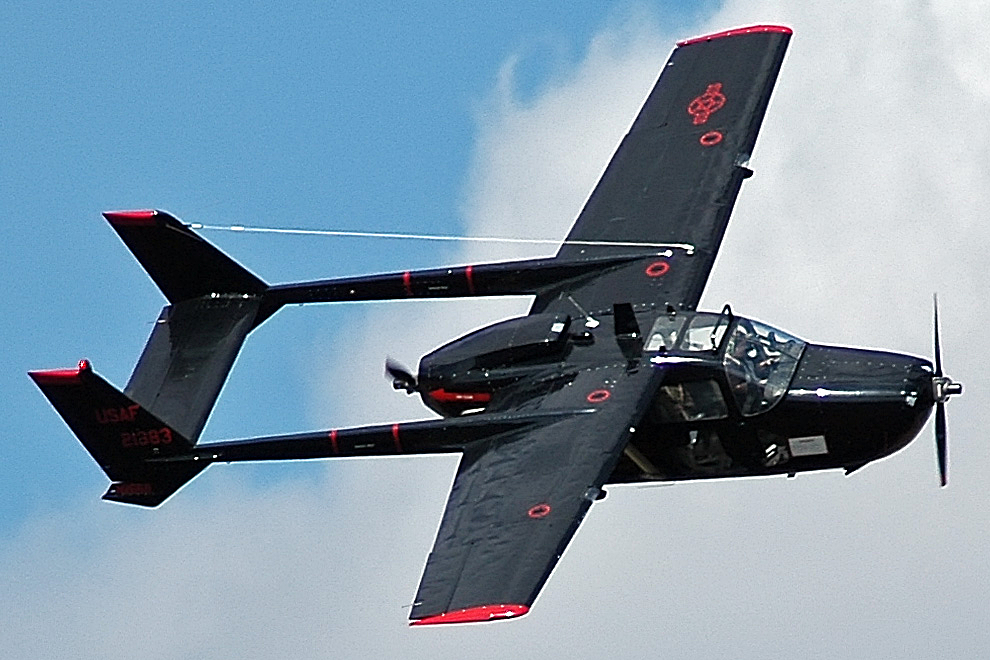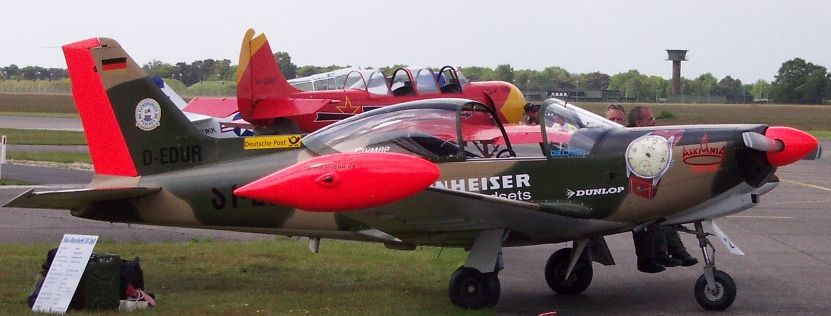|
Caproni Ca.355
The Caproni Ca.355 Tuffo was a low-wing single-engine dive bomber, designed and built by the Italian Caproni company in 1941, which never proceeded beyond a single prototype. Derived from Ca.335 Mistral, the Ca.355 was proposed to equip the Regia Aeronautica, but it was found to offer little advantage over the German Junkers Ju 87 "Stuka" and the project was abandoned. Development In 1939 the Ministry of Aeronautics issued a specification for the supply of an aircraft of the same class as the Junkers Ju 87 to be allocated to the bomber divisions of the Regia Aeronautica. Golden. Cantieri Aeronautici Bergamaschi Ca.355 "Tuffo" in "Sestese Modeling Group". Caproni chose to participate with a project entrusted to engineer Cesare Pallavicino and developed by his subsidiary, Cantieri Aeronautici Bergamaschi (CAB). Pallavicino exploited the experience gained in the development of the previous Ca.335 ''Maestrale'', proposing a simplified development with slightly smaller dimensions a ... [...More Info...] [...Related Items...] OR: [Wikipedia] [Google] [Baidu] |
Dive Bomber
A dive bomber is a bomber aircraft that Dive (aviation), dives directly at its targets in order to provide greater accuracy for the Aerial bomb, bomb it drops. Diving towards the target simplifies the bomb's trajectory and allows the pilot to keep visual contact throughout the bomb run. This allows attacks on point targets and ships, which were difficult to attack with conventional level bombers, even ''en masse''. After World War II, the rise of precision-guided munitions and improved Anti-aircraft warfare, anti-aircraft defences—both fixed gunnery positions and fighter interception—led to a fundamental change in dive bombing. New weapons, such as rockets, allowed for better accuracy from smaller dive angles and from greater distances. They could be fitted to almost any aircraft, including fighter aircraft, fighters, improving their effectiveness without the inherent vulnerabilities of dive bombers, which needed air superiority to operate effectively. Method A dive bom ... [...More Info...] [...Related Items...] OR: [Wikipedia] [Google] [Baidu] |
Ponte San Pietro
Ponte San Pietro ( Bergamasque: ) is a ''comune'' in the province of Bergamo, Lombardy, northern Italy. It is about northeast of Milan and about west of Bergamo. Sights include the Villa Mapelli Mozzi. Geography Ponte San Pietro is built on the banks of the Brembo (river), which divides the town into two distinct areas. It is about 7 kilometers far from Bergamo, and it is considered the first town of the so-called "Isola", a geographical area that comprehend 21 municipalities, delimitated by the waters of the two main rivers, Adda (river) and Brembo. The municipality borders on the north with Brembate di Sopra and Valbrembo, on the south with Presezzo and Bonate Sopra, on the west with Mapello and Presezzo and on the east with Curno and Mozzo. History The name is believed to originate from the presence of a small bridge over the Brembo and the adjoining small church dedicated to Saint Peter in 881, through a notarial writing reporting “Basilica Sancti Petri sit ... [...More Info...] [...Related Items...] OR: [Wikipedia] [Google] [Baidu] |
Abandoned Military Aircraft Projects Of Italy
Abandon, abandoned, or abandonment may refer to: Common uses * Abandonment (emotional), a subjective emotional state in which people feel undesired, left behind, insecure, or discarded * Abandonment (legal), a legal term regarding property ** Child abandonment, the extralegal abandonment of children ** Lost, mislaid, and abandoned property, legal status of property after abandonment and rediscovery * Abandonment (mysticism) Art, entertainment, and media Film * ''Abandon'' (film), a 2002 film starring Katie Holmes * ''Abandoned'' (1949 film), starring Dennis O'Keefe * ''Abandoned'' (1955 film), the English language title of the Italian war film ''Gli Sbandati'' * ''Abandoned'' (2001 film), a Hungarian film * ''Abandoned'' (2010 film), starring Brittany Murphy * ''Abandoned'' (2015 film), a television movie about the shipwreck of the ''Rose-Noëlle'' in 1989 * ''Abandoned'' (2022 film), starring Emma Roberts * ''The Abandoned'' (1945 film), a 1945 Mexican film * ''The Aban ... [...More Info...] [...Related Items...] OR: [Wikipedia] [Google] [Baidu] |
1940s Italian Attack Aircraft
Year 194 ( CXCIV) was a common year starting on Tuesday (link will display the full calendar) of the Julian calendar. At the time, it was known as the Year of the Consulship of Septimius and Septimius (or, less frequently, year 947 ''Ab urbe condita''). The denomination 194 for this year has been used since the early medieval period, when the Anno Domini calendar era became the prevalent method in Europe for naming years. Events By place Roman Empire * Emperor Septimius Severus and Decimus Clodius Septimius Albinus Caesar become Roman Consuls. * Battle of Issus: Septimius Severus marches with his army (12 legions) to Cilicia, and defeats Pescennius Niger, Roman governor of Syria. Pescennius retreats to Antioch, and is executed by Severus' troops. * Septimius Severus besieges Byzantium (194–196); the city walls suffer extensive damage. Asia * Battle of Yan Province: Warlords Cao Cao and Lü Bu fight for control over Yan Province; the battle lasts for over 100 days ... [...More Info...] [...Related Items...] OR: [Wikipedia] [Google] [Baidu] |
Caproni Aircraft
Caproni, also known as ''Società de Agostini e Caproni'' and ''Società Caproni e Comitti'', was an Italian aircraft manufacturer. Its main base of operations was at Taliedo, near Linate Airport, on the outskirts of Milan. Founded by Giovanni Battista "Gianni" Caproni during 1908, the company produced several successful heavy bombers during the First World War. Following the acquisition of several other aviation firms throughout the interwar period, Caproni transformed into a sizable aviation-orientated syndicate, the ''Società Italiana Caproni, Milano''. The majority of its aircraft were bombers and transport aircraft. It played a pioneering role in the development of the Caproni Campini N.1, an experimental aircraft powered by a thermo-jet. It provided large numbers of combat aircraft for the Axis during the Second World War. The firm did not prosper in the postwar era, the Società Italiana Caproni collapsing during 1950. Many of the company's former assets were subse ... [...More Info...] [...Related Items...] OR: [Wikipedia] [Google] [Baidu] |
Breda-SAFAT Machine Gun
Breda-SAFAT (''Società Italiana Ernesto Breda per Costruzioni Meccaniche / Breda Meccanica Bresciana'' - ''Società Anonima Fabbrica Armi Torino'') was an Italian weapons manufacturer of the 1930s and 1940s that designed and produced a range of machine-guns and cannon primarily for use in aircraft. Based on the M1919 Browning machine gun, the Italian guns were chambered to fire indigenous ammunition with and calibres, predominantly ball, tracer for the 7.7mm, including high explosive incendiary tracer (HEI-T) (filled with 0.8 grams of PETN), or armour-piercing (AP) for the 12.7mm. Design and development During the 1930s both Breda and SAFAT (a division of FIAT) were given the task of producing designs for a new range of machine-guns for use in aircraft of the Regia Aeronautica, the offering from Breda being preferred. FIAT contested the decision but lost, resulting in the sale of SAFAT to Breda to form Breda-SAFAT. Despite the aim of producing an airborne machine-gun equal ... [...More Info...] [...Related Items...] OR: [Wikipedia] [Google] [Baidu] |
V12 Engine
A V12 engine is a twelve- cylinder piston engine where two banks of six cylinders are arranged in a V configuration around a common crankshaft. V12 engines are more common than V10 engines. However, they are less common than V8 engines. The first V12 engine was built in 1904 for use in racing boats. Due to the balanced nature of the engine and the smooth delivery of power, V12 engines were found in early luxury automobiles, boats, aircraft, and tanks. Aircraft V12 engines reached their apogee during World War II, following which they were mostly replaced by jet engines. In Formula One racing, V12 engines were common during the late 1960s and early 1990s. Applications of V12 engines in the 21st century have been as marine engines, in railway locomotives, as large stationary power as well as in some European sports and luxury cars. Design Balance and smoothness Each bank of a V12 engine essentially functions as a straight-six engine, which by itself has perfect primary ... [...More Info...] [...Related Items...] OR: [Wikipedia] [Google] [Baidu] |
Daimler-Benz DB 601
The Daimler-Benz DB 601 was a German aircraft engine built during World War II. It was a liquid-cooled inverted V12, and powered the Messerschmitt Bf 109, Messerschmitt Bf 110, and many others. Approximately 19,000 601's were produced before it was replaced by the improved Daimler-Benz DB 605 in 1942. The DB 601 was basically an improved DB 600 with direct fuel injection. Fuel injection required power to be taken off the drive shaft, but in return, improved low-RPM performance significantly and provided aerobatic performance in maneuvers where early versions of carburated engines like the British Rolls-Royce Merlin would lose power when the carburetor float bowl ran dry. The 601's fuel injection provided a significant boost in performance which its competitor, the Junkers Jumo 210, did not match for some time. By the time the fuel-injected 211 arrived, the 601 had already cemented its place as the engine for high-performance designs like fighters, high-speed bombers, a ... [...More Info...] [...Related Items...] OR: [Wikipedia] [Google] [Baidu] |
Push-pull Configuration
An aircraft constructed with a push-pull configuration has a combination of forward-mounted tractor (pull) propellers, and backward-mounted ( pusher) propellers. Historical The earliest known examples of "push-pull" engined-layout aircraft include a trio of experimental German World War I designs: chronologically comprising the only Fokker twin-engined design of the period, the Fokker K.I from 1915; followed by the unusual Siemens-Schuckert DDr.I triplane fighter design of late 1917, and concluding with the laterally-offset "push-pull" Gotha G.VI bomber prototype of 1918. An early post-World War I example of a "push-pull" aircraft was the Short Tandem Twin: another was the Caproni Ca.1 of 1914 which had two wing-mounted tractor propellers and one centre-mounted pusher propeller. Around 450 of these and their successor, the Ca.3 were built. One of the first to employ two engines on a common axis (tandem push-pull) was the one-off, ill-fated Siemens-Schuckert DDr.I fighte ... [...More Info...] [...Related Items...] OR: [Wikipedia] [Google] [Baidu] |
Macchi MC
Aermacchi was an Italian aircraft manufacturer. Formerly known as Aeronautica Macchi, the company was founded in 1912 by Giulio Macchi at Varese in north-western Lombardy as Nieuport-Macchi, to build Nieuport monoplanes under licence for the Italian military. With a factory located on the shores of Lake Varese, the firm originally manufactured a series of Nieuport designs, as well as seaplanes. After World War II, the company began producing motorcycles as a way to fill the post-war need for cheap, efficient transportation. The company later specialised in civil and military pilot training aircraft. In July 2003, Aermacchi was integrated into the Finmeccanica Group (now Leonardo) as Alenia Aermacchi, which increased its shareholding to 99%. Military trainers Since the beginning, the design and production of military trainers have been the core business of Alenia Aermacchi. The products include: * SF-260, piston-engined or turboprop-powered screener/primary trainer * ... [...More Info...] [...Related Items...] OR: [Wikipedia] [Google] [Baidu] |
Fiat G
Fiat Automobiles S.p.A. (, , ; originally FIAT, it, Fabbrica Italiana Automobili di Torino, lit=Italian Automobiles Factory of Turin) is an Italian automobile manufacturer, formerly part of Fiat Chrysler Automobiles, and since 2021 a subsidiary of Stellantis through its Italian division Stellantis Italy. Fiat Automobiles was formed in January 2007 when Fiat S.p.A. reorganized its automobile business, and traces its history back to 1899 when the first Fiat automobile, the Fiat 4 HP, was produced. Fiat Automobiles is the largest automobile manufacturer in Italy. During its more than century-long history, it remained the largest automobile manufacturer in Europe and the third in the world after General Motors and Ford for over 20 years, until the car industry crisis in the late 1980s. In 2013, Fiat S.p.A. was the second largest European automaker by volumes produced and the seventh in the world, while FCA was the world's eighth-largest automaker. In 1970, Fiat Automobiles empl ... [...More Info...] [...Related Items...] OR: [Wikipedia] [Google] [Baidu] |








